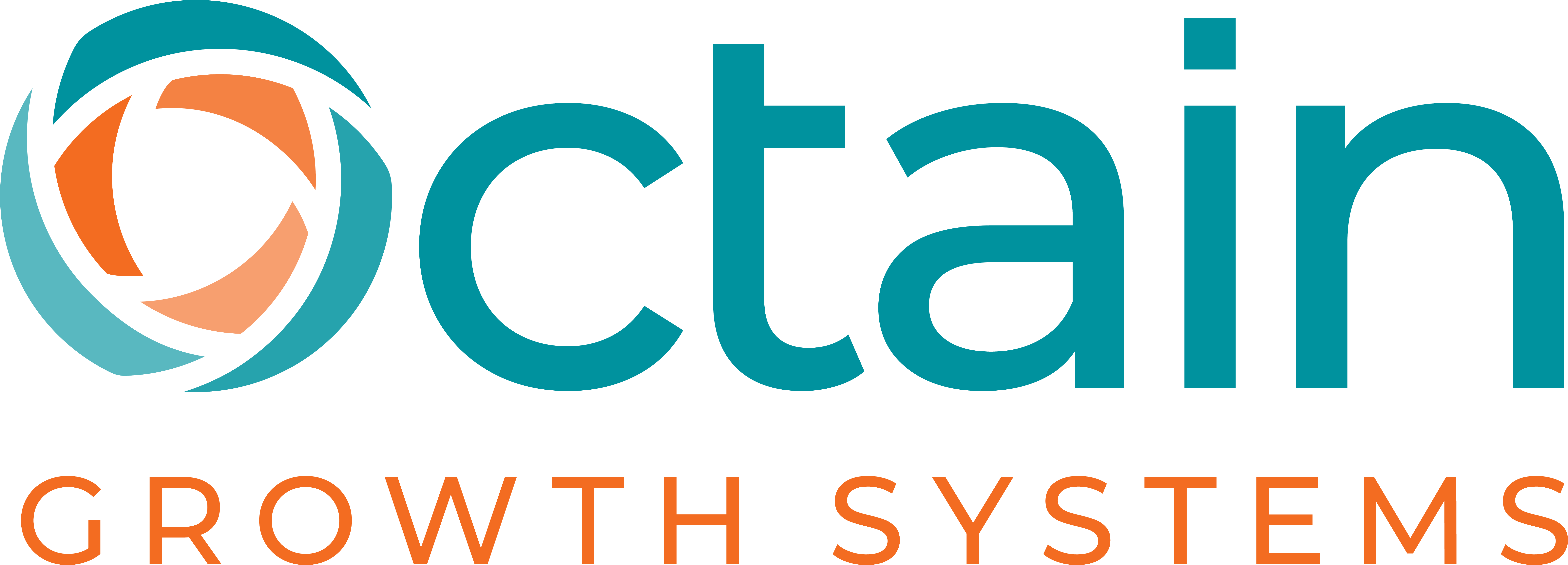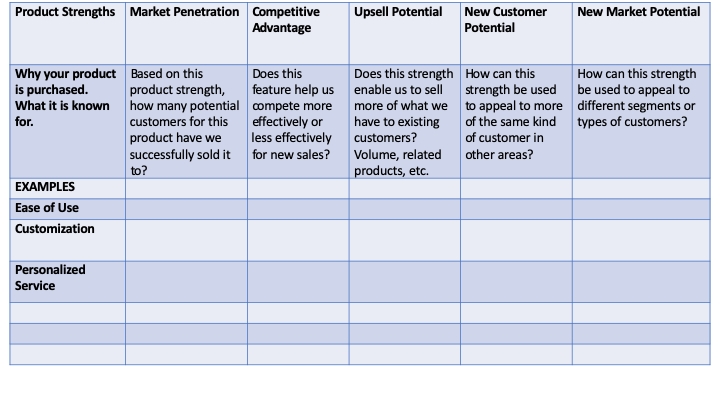Gaining traction. Scaling up. Maximizing business value. Whatever your definition of business growth is, investing in these six proven business accelerators is bound to make a difference.
We call them Market Fuel Strategies because they are designed to bring new energy to your business operations and increased profit to your bottom-line.
In hundreds of client engagements across the past 15 years, I have found that these six factors, when planned for, can have a dramatic impact on company, product and customer success.
As you consider these six accelerators, ask yourself:
1) How well are we doing today in this area?
2) Where do we want to be this time next year?
3) What is it going to take to get us there?
There’s a lot to unpack here so let’s look at each in detail. Today, we take a deep dive into product/service fuel. Over the next few weeks we will examine the rest of these six business accelerators and offer ideas on how to make them work better for your business.
Product Fuel
Your product fuel is driven by these three attributes:
• Product Strength: the marketability of your product/service based on the benefits and features that you offer to your customers.
• Competitive Strength: capabilities which enable you to take advantage of new market potential in competitive situations.
• Customer Strength: the match between your product results and your customer’s needs and wants. This drives market penetration.
Think of these as the lens from which to evaluate your product/service success.
Here’s a tool to help you determine the competitive and market strengths of your products and services. The key question is listed across the top. Examples are product strength features to consider. Add your own!
First, list the product or service’s top three strengths. You can determine that by answering a simple question: Why do customers choose your product over the alternative? The top three reasons are, from a market perspective, your top strengths.
Second, consider your competitive strength from two angles: 1) List your competitive advantages (product features, service practices, pricing, delivery, etc.); 2) consider your market opportunity: how many customers who could buy this product or service are actually buying it?
State as a percentage from 1% to 100%. The difference between your number and 100% is your market penetration opportunity.
Third, consider your customer strength by your ability to sell more of your product or service to additional customers (upsell) and new customer or market types you might be able to reach.
Once you have completed this snapshot, you should have a pretty good answer to the first and second accelerator questions: How well are we doing today in this area? Where do we want to be this time next year?
The third question – what is going to take to get us there? That’s all about resources: time, money, tool and talent. What resources do you have in your company to address the challenge and what do you need to get?
What’s the next step? Consider these:
• Where you are strong but not well known in the market, the accelerator step is most likely a new marketing or sales program.
• Where you are weak, especially competitively, the accelerator step is most likely product improvements or new product development.



